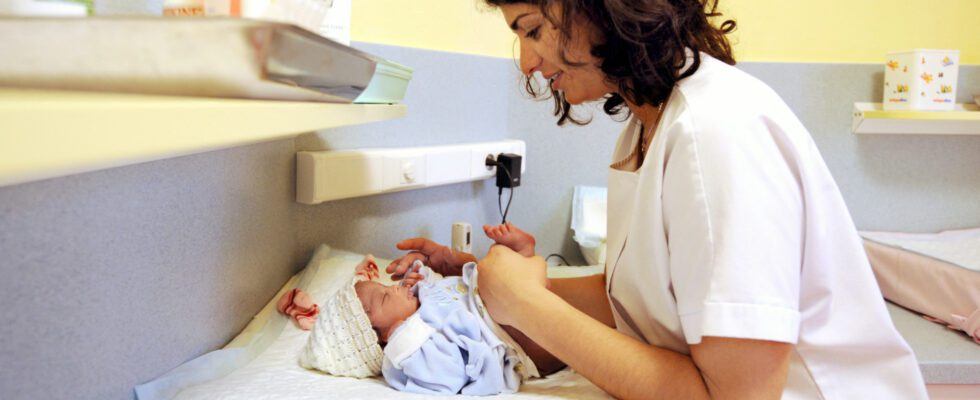Yasmina Kattou
Neonatal screening is expanding its range of research to thirteen new pathologies, seven more since January 1. The objective is always the same: to detect rare or severe diseases for which there are treatments as soon as possible. How ? By multiplying screening from the first days of the child, as at the Necker hospital in Paris.
Increase the chances of detecting rare diseases at an early age. Since January 1, screening centers are now looking for thirteen diseases, compared to six previously. Pathologies for which there is a treatment or appropriate care that avoids disabilities or lifelong sequelae. The challenge is therefore to identify them very early, from the first days of a child’s life. At Necker Hospital, doctors analyze samples from a quarter of French newborns.
Pathologies with the risk of serious disabilities
Every day, the post office delivers up to 1,500 infant blood samples to the Necker hospital for Justine, a laboratory technician. “That’s a blotting paper. It’s what makes it possible to absorb the blood and to have dried blood which will be analyzed in the laboratory”, she describes. The few drops of blood dried on white paper are analyzed in 24 hours.
Among the diseases sought, we find tyrosinemia, leucinosis or homocystinuria. Pathologies that cause severe disabilities, even death… And the sequelae are avoided thanks to early diagnosis. “For leucinosis, it can give a neonatal coma, cognitive or motor sequelae. And you see, the treatment is quite simple since you have to give milk that does not have toxic amino acids for the child. screening is important because we know how to treat, to avoid these complications”, explains doctor Thao Nguyen Khoa, manager of the screening center.
Three years ago, a pathology added to the list of screened diseases made it possible to divide by four the deaths of newborns from sudden death.
